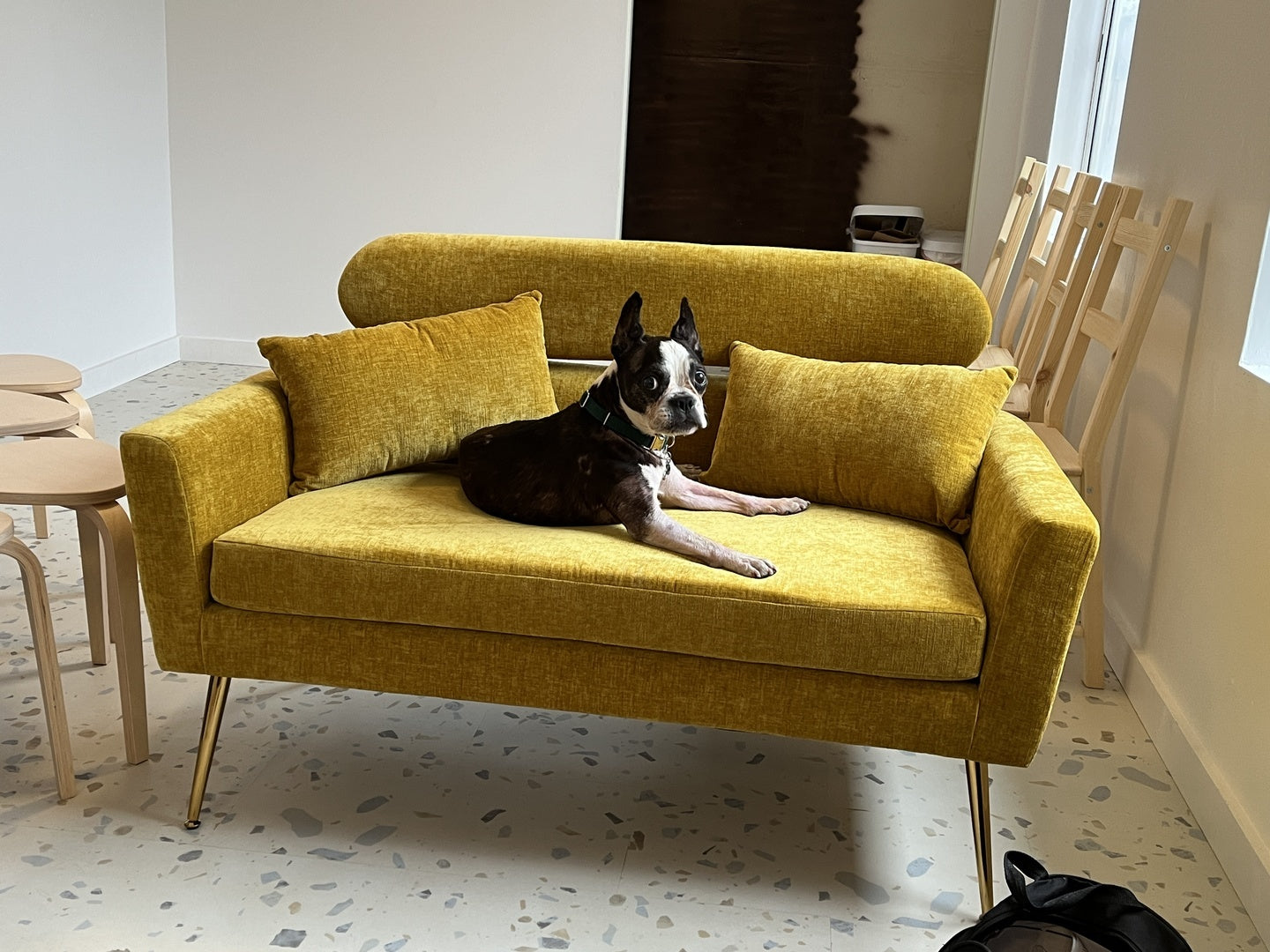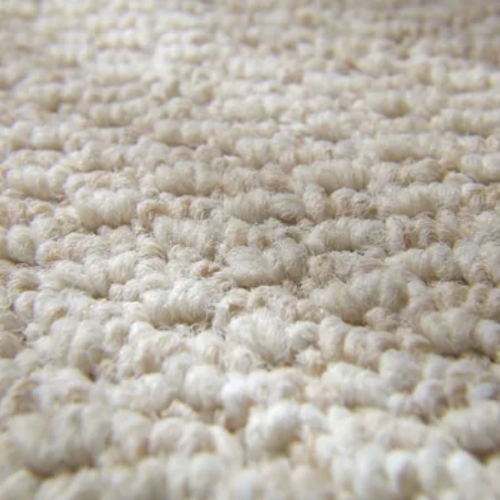
Allergies & Asthma
Your home is your castle. Learn about the best flooring options for allergy and asthma sufferers.
A quick search online can yield many results for how carpet is good for air quality. The number one reason to back up this claim is that carpet will trap particulates like dust and other allergens. While it is true that carpet will trap these air quality particulates, the movement of walking on or other activity on carpet can release those same particles. Let’s face it, carpet traps things like dust and dander that can make some allergy sufferers miserable. When it comes to dust, dirt, dander, and other particulates in the home that lead to poor air quality, it is best to remove them, not trap them. LVP is a hard non-porous waterproof surface that makes cleaning and keeping an area clean a cinch! LVP or LVT paired with an easily washable area rug will help allergy sufferers be a bit less miserable than a similarly carpeted environment.
The Best Floors for Allergies
Laminate Plank & Engineered Hardwood
Easy to clean and maintain. Laminate also does not trap allergens unlike soft surface flooring.
Vinyl Flooring
The hottest new flooring on the market. Durable, easy to clean and comes in a variety of designs and colors. The hard surface makes it easy to clean dust and debris and doesn't trap allergens.
Tile & Stone
As long as the floor is regularly cleaned and resealed, tile and stone can be a good option for allergy and asthma sufferers. The smooth finish can limit dust and debris getting trapped in your floor.
Concrete
When treated properly, concrete can be very allergy friendly. Much like other hard surface flooring, it is also easy to clean with a broom, mop and floor friendly cleaner.
The Worst flooring for allergies?
Carpet
Carpet tends to trap and exacerbate allergens. Dust, dirt, and moisture can be held in carpet, unlike other flooring. Even with frequent vacuuming you can still miss a lot of allergens and dirt that seep lower into the carpet and embed themselves in the padding.








